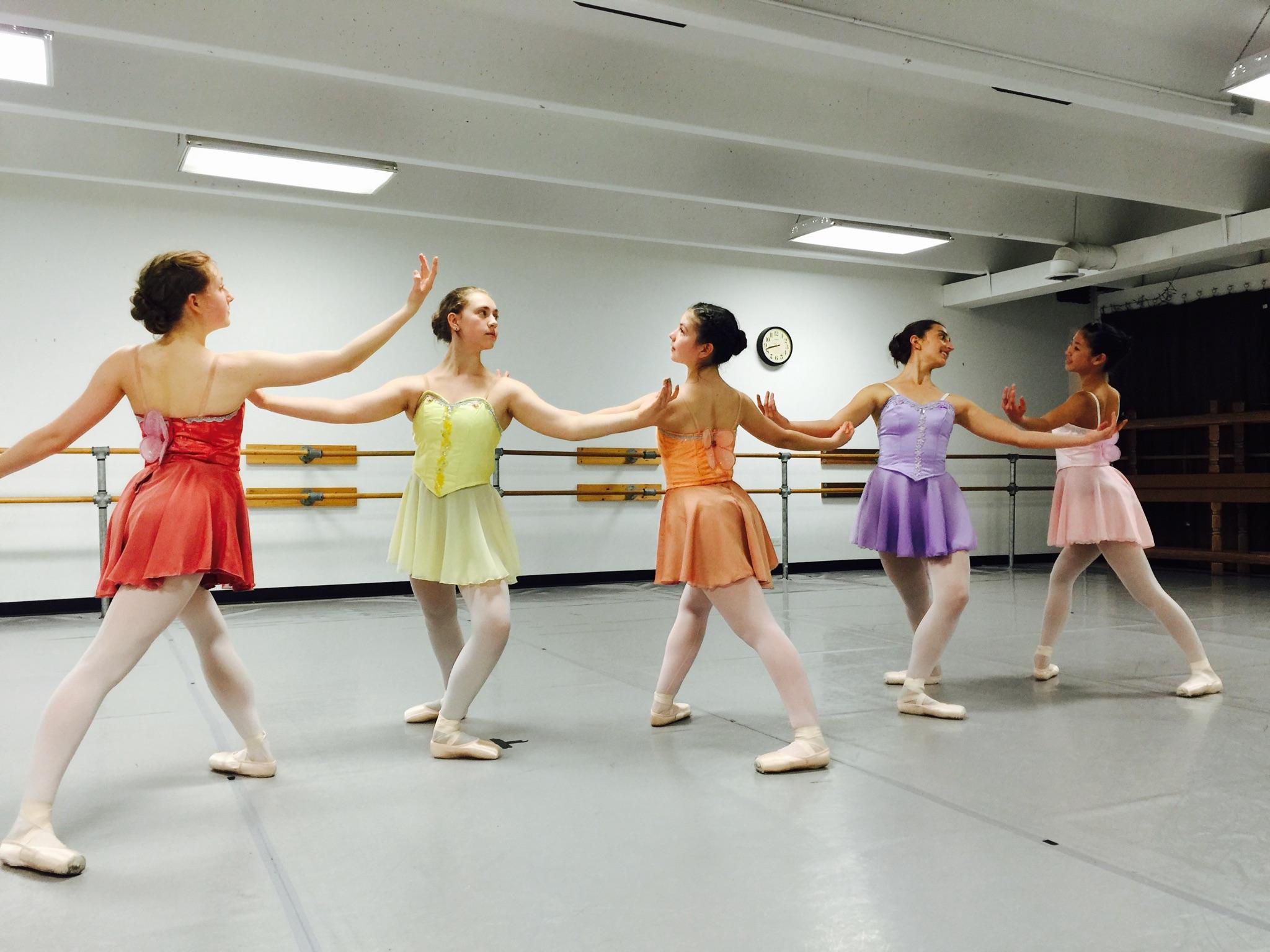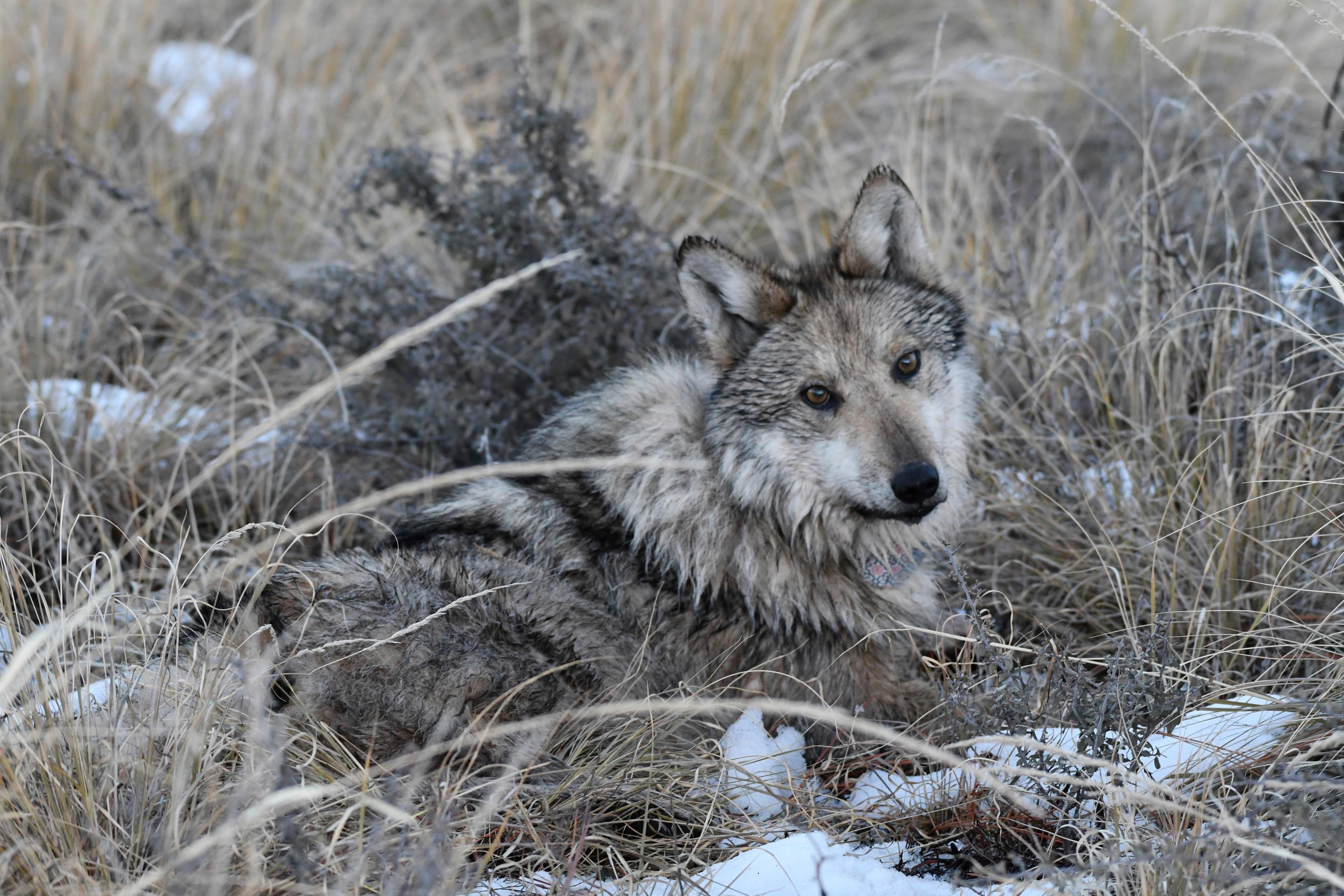
Kristin Kingsley grew up reading C.S. Lewis' "Chronicles of Narnia" books with her sister. And when the artist director of Longmont Dance Theatre re-visited the books in 2011, she had a realization.
With its fantastical characters, adventure and timeless story, Kingsley felt the first book in the series, "The Lion, the Witch and the Wardrobe," had all of the right ingredients to make a compelling ballet.
Nearly three years later, Kingsley obtained the rights from the C.S. Lewis estate and publisher to adapt the book for live performance.
Now her three-act ballet will run Saturday and Sunday at the Niwot High School Auditorium. It features 120 pre-professional dancers, a compiled score by English composer Sir Edward Elgar, a three-person puppet of Aslan the Lion, and live musical accompaniment by the Longmont Dance Theatre Chamber Orchestra.
"Other choreographers may have represented C.S.Lewis' ideas differently than myself," Kingsley said. "But my goals were simple -- to bring the text to life using traditional ballet vocabulary, while making sure the story is accessible to audience members who are either very knowledgeable about the book or are new to the story."
She spoke with CPR News about creating this large-scale production.
CPR: How difficult was it to get permission to use C.S. Lewis' concepts and story?
Kristin Kingsley: I first had the concept of making this ballet in 2011. In January 2014, I contacted the C.S. Lewis Company in England by email to inquire about the rights to produce a ballet adaptation of "The Lion, the Witch and the Wardrobe." They required a written libretto with my thoughts for the full musical score.
I set about creating the libretto from the chapters of the book with examples of choreography and scenic design elements. I finished this in December 2014, and in one month, I received the notification that our ballet adaptation and production licenses had been approved.
We had been waiting to move forward with the production until we got the final OK, so everyone was thrilled. The contracts were signed and production meetings began with the costumers, set designer and lighting designer. We had only three months to get this massive production together.
CPR: What type of artistic liberties -- if any -- did you take when creating this ballet?
Kristin Kingsley: I tried to be faithful to C.S. Lewis's text as best as I could. But ballet represents ideas through movement, so I needed to gloss over some of the intricacies of the plot and characters that might be more difficult to represent.
Some slight character changes, for those who are familiar with the series, are that we have four maids instead of three and Mr. and Mrs. Cat play the leopard role. I also included a winter corps de ballet of dancers to represent falling snow and a spring corps de ballet to represent blooming flowers. And I used the celebration following the big battle as an opportunity for our main characters to dance one more time for our audience.
In the ballet world, we love to take advantage of any time to indulge in just dancing for the pure sake of dancing. These scenes do not advance the plot, but give performers time to show off their technique. I do this in the third act of the ballet. Rest assured though, your favorite characters are in the ballet.
CPR: One aspect that seems really whimsical is the three-person puppet that will be Aslan the Lion. Can you explain how that will work? How are some of the other larger-than-life characters represented in the ballet?
Kristin Kingsley: Aslan, the wardrobe, the White Queen’s staircase, stone table and gate are the largest pieces of the set design. The wardrobe stands 10 feet by 7 feet. It spins and splits in half to reveal the land of Narnia.
Then there's Aslan. He's a larger-than-life character and bringing him to the stage has been an awesome feat. Our set designer Sean Cochran had the idea to make him a three-performer puppet. It was a learning process for the puppeteers and actors -- the characters had to learn to interact with Aslan and not the puppeteers.
A 200-pound puppet, Aslan is so large he cannot fit through the LDT Academy doors. So the puppet had its own rehearsals on stage during production week. In fact, many aspects of the puppet were surprising once we got on stage. It's been a lot of work to make this production. But the performers have grown into their characters so splendidly.
CPR: Tell me about the choreography. What style of dance do you weave into the story? How did the music influence your choreography?
Kristin Kingsley: My style of ballet choreography is very classical with a few crazy ballet tricks. For the score, I sat down with our music director, Rick Thomas, to discuss ideas. I wanted to use music with a geographical connection to C.S. Lewis and his books. Rick suggested the "Enigma Variations" by Sir Edward Elgar, a English composer. I listened to the music, then started to explore other pieces by Elgar: "The Nursery Suites," "The Dream Children" and "The Wand of Youth." They all really spoke to me and the music for the first act materialized quickly. Once the score was in place, I started to choreograph.
CPR: LDT is a pre-professional company. Can you give me some perspective on how big -- or normal -- of an undertaking this production has been for you and the company?
Kristin Kingsley: We've done full-length ballets in the past that are just as big in terms of sets, costumes and props -- such as "Coppelia" and "Giselle."
But there is no other ballet version of 'The Lion, the Witch and the Wardrobe' with score by Sir Edward Elgar that I know of. So every aspect of this ballet has been manifested through my understanding and imagination of Lewis' text and the music I chose to represent the book.
It takes a lot of creativity, patience and determination to produce a ballet of this magnitude, especially with scheduling and finance limitations. It involved a lot of people, and I'm thankful for their contributions.









